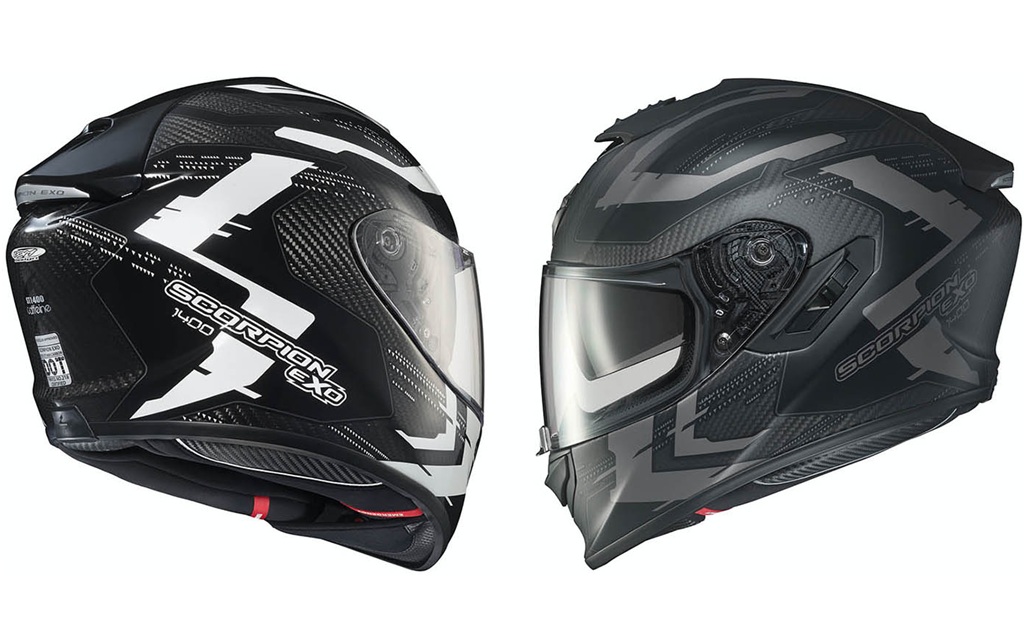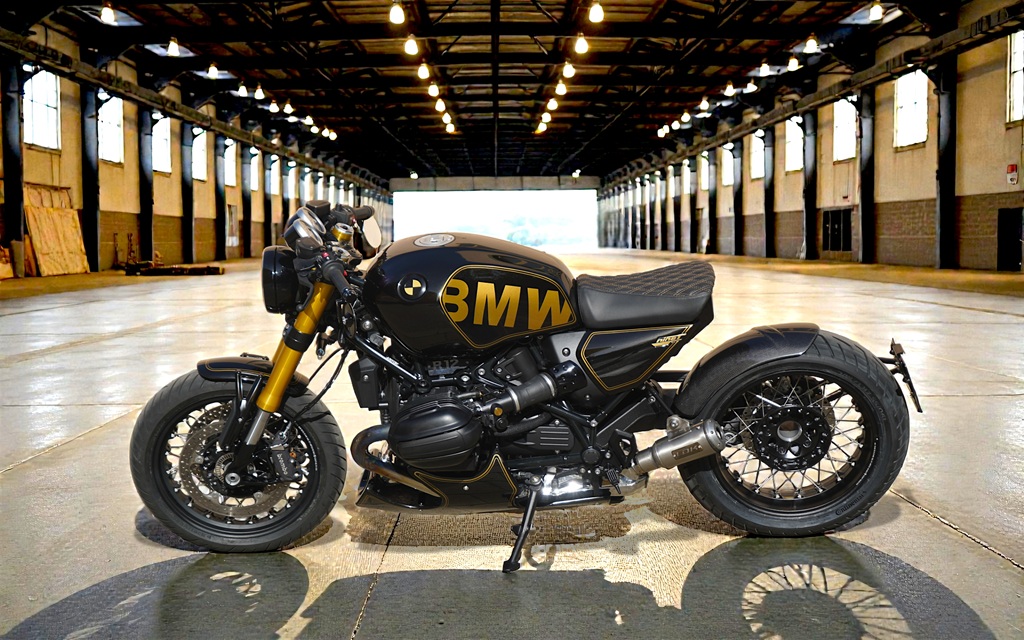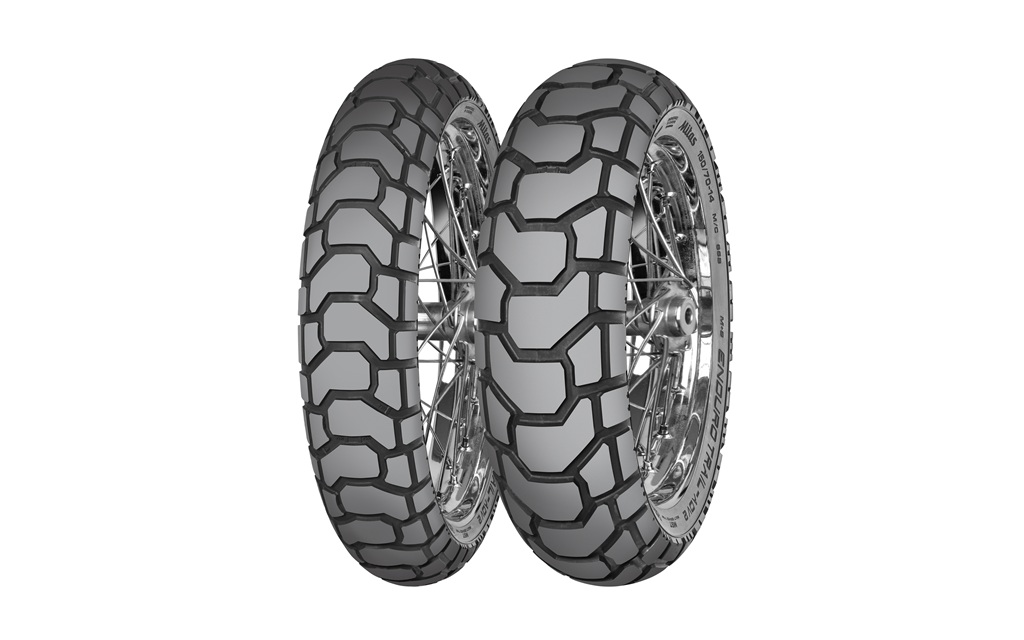Can Cycle Canada survive? Can any printed motorcycle magazine survive?
This is the question asked by every motorcycle magazine publisher over the past 10 years, and one that Steve Thornton alluded to in last month’s editorial. It is a fact that Cycle Canada is thinner, and less content rich than it was only a few years ago. It is also a fact that print media in general has declined to a point where it is now the fringe of publishing, not the mainstream.
Online motorcycle magazines are a dime a dozen, and every motorcycle enthusiast in Canada visits them regularly. Cycle Canada has an Internet presence, although to call it an online “magazine” would be an insult. In Canada, the online leader is Canadamotoguide.com, the magazine founded by the late Rob Harris. CMG, as it is known, gets visitor traffic that is respectable even by international standards, and shares many of the same readers as Cycle Canada. I know this because I have been a staff member and received fan/hate mail from the same individuals in both places.
You, the motorcycle enthusiast, are the reason we write. Your interest in reading about motorcycles is the only metric of any importance to publishers, because the more of you there are, and the longer you are willing to linger, the more the publisher can charge advertisers. It is, however, a game with diminishing returns.
Since the great recession, motorcycle manufacturers have reduced ad spending in North America by a factor of 10. As their principle sources of revenue, the motorcycle media has had to shrink as well. Like Steve said, there is no more money to spend on reporting, which is why you get short form, blog-style articles written by an army of contributors instead of original, well-researched, long-form feature articles from committed staff writers. Where photography used to be supplied mostly in-house, the bulk of the images you see are straight out of the manufacturers’ press folders, which is why they are the same in every magazine.
Is this bad? Not necessarily. Many of the short form bloggers write really well, and take good photos too. Most of them are young and more in touch with contemporary culture than those of us who have been milling around the Canadian motorcycle magazine fraternity (Cycle Canada, Inside Motorcycles, Motorcycle Mojo and Canadian Biker).
I was first invited to write for Cycle Canada in 2010 after submitting a scathing rebuke to one of David Booth’s ignorant rants about technology. (For the record, David and I are on very good terms and enjoy the sparring, as do many of our readers). I began my column that year, and started contributing features a few months later. Guidelines regarding criticism were given, and I followed them.
About the same time I started writing blog posts and feature content for a small American online magazine called Hell For Leather, and that was when I saw the future. While Cycle Canada had a downtown office, company van and staff of four, HFL was two millennials in a Brooklyn apartment with a couple of laptops. Yet within three years HFL was the most widely read, most subscribed to motorcycle magazine on the Internet in any language.
The genius of Hell For Leather was that it was not beholden to advertisers. It spoke truth to power, exposing a major criminal scandal at one of the industry’s leading apparel brands, and its road tests and editorials were brutal take downs of company press bullshit, or honest praise for good product. Since money came from donations and subscribers, they could say what needed saying and take risks.
I’ve enjoyed writing for Cycle Canada. But the work I did for HFL and later at CMG, Asphaltandrubber.com, and Motofire.com, was the most relevant writing I’ve ever done. It was timely, supported by graphics and images of my own making, and unlimited in length or by advertiser guidelines. The Internet is not as fun to hold in your hand as a nicely bound paper magazine. But it is where ideas and today’s reality of video, voice and limitless images can combine most effectively.
There is a bit of a renaissance for boutique print motorcycle magazines. Cycle World’s new quarterly format is lovely, and newcomers like Canada’s own Fast Times, and international titles like Benzin and Built are beautifully crafted mini books, well worth the wait and high price. BikeExif.com, one of the world’s foremost Internet enthusiast sites, has even gone the other way, publishing hardcover print editions to supplement the online offering.
Cycle Canada can have a bright future, but only, in my view, if it abandons the current format and chooses to either be the high quality print edition it is known as, or to dive into the digital realm with a ttruly original format, unbeholden to manufacturers. I think it is past time you, the readers, made your choice known.






There was a time when I subscribed to and/or purchased just about every North American motorcycle magazine as well as European magazines such as Classic Bike and Streetfighters. Now, road tests of bikes I can’t afford are just painful and the same ads in each issue are of little use. I gravitate to how-to stories and touring adventures. Both can be found online.